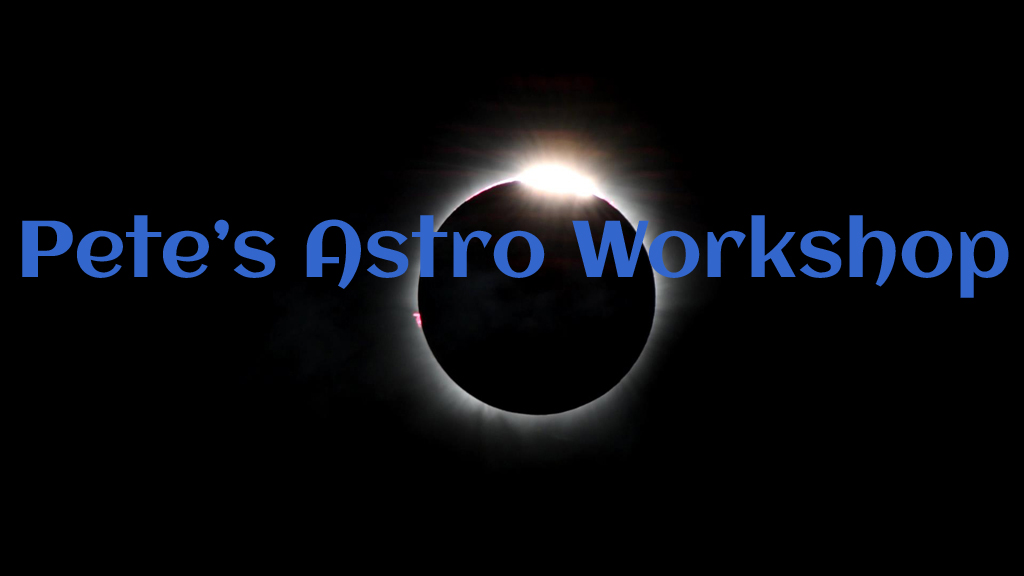
Messier 27
Nicknamed the Dumbbell Nebula, objects like this were called planetary nebulae because some of them resemble planets in the eyepiece.
However in reality they are shells of expanding gas thrown outward by a star nearing the end of its life. Stars of similar mass to the Sun spend most of their lives burning hydrogen in their cores, but once this is depleted they start helium fusion, though hydrogen continues to burn in a shell of gas surrounding the core. These processes increase the temperature of the star’s surface, resulting in a powerful stellar wind that causes the outer envelope of the star to expand into space.
Initially this shell may be seen as a relatively dim proto-planetary nebula, often displaying concentric rings of gas.
But once the surface temperature of the star reaches 10,000K the radiation is able to ionize the hydrogen in the shell, and it is this that gives rise to the beautiful glow of the nebula.
Planetary nebulae are among the shorter-lived stellar phenomena, usually lasting only around 20,000 years. Our Sun will probably produce one as it nears the end of its life.
Here we have two images of M27. Above is a conventional Red-Green-Blue (RGB) colour composite. Below we have added an H-alpha narrowband image to the Luminosity channel. The H-α has revealed considerably more detail in the structure of the expanding shell.


